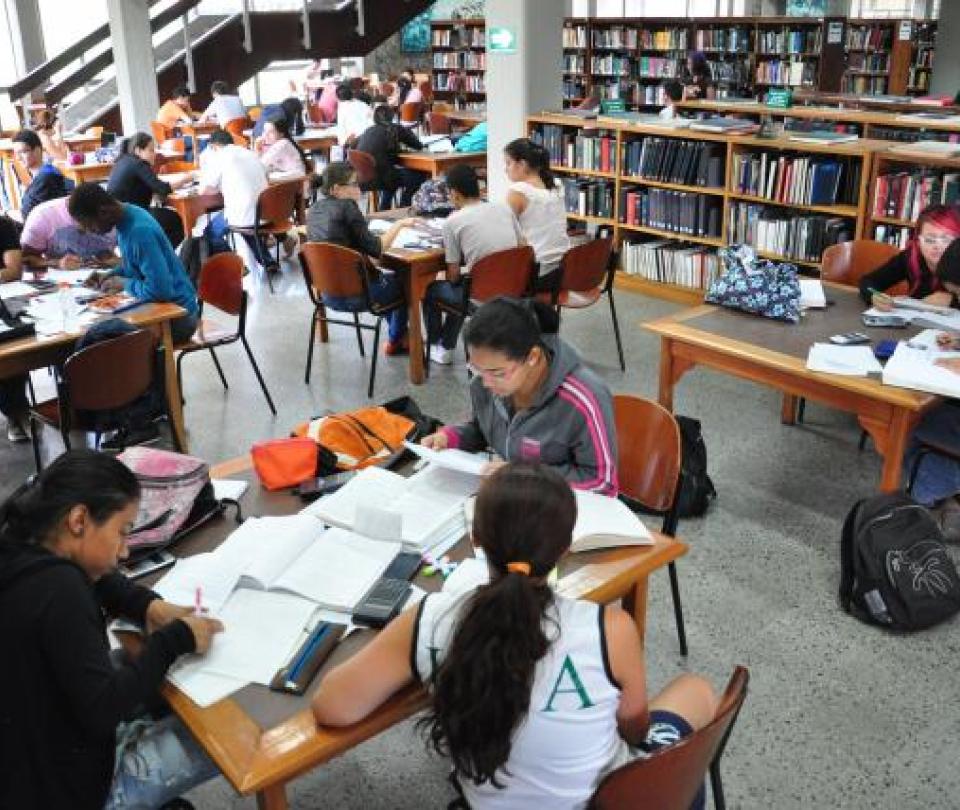The overview of education is one of the annual publications produced by the Organization for Economic Cooperation and Development (OECD) compiling information on the educational systems in the countries that belong to this organization. For its 2022 edition, the institution presented lhe trends and facts of tertiary education in allied countries.
(Read: Colombia, with the cheapest cities to live in South America).
In general terms, the OECD assures that the degree in tertiary education has increased remarkably in the last decades. According to the report, between 2000 and 2021, the proportion of people aged 25 to 34 with an education tertiary increased at least 20 percentage points, from 27% to 48%.
For Colombia, the organization estimated that for bachelor’s degrees or technicians, At least 30% of people between 25 and 34 years old belonged to this level of education by 2021.
On the other hand, on average tertiary education continues to improve considerably people’s employment ratescase that for the country, it represented almost 90% for undergraduate levels.
Now, another of the data to unleash is that according to the OECD, on average for 2018, the private net financial returns from tertiary education were US$287,200 for men, which represents an internal rate of return of 15% and US$266,800 for women, reaching a yield of 19%.
(Also: Do the days without VAT benefit inflation in Colombia?).
In terms of financing for tertiary education, the OECD estimates that the average expenditure per student is US$17,600 at the tertiary level, compared to $11,400 in secondary and $10,000 in primary. According to the document “unlike non-tertiary levels of education, where public sources account for 90% of total spending on average, almost a third of total funding for tertiary institutions came from the private sector in OECD countries in 2019. ”.
However, as indicated, for Colombia, this private financing Almost everything comes from homes.
Thus, dependence on private sources for private financing is increasing and private spending has grown faster than public spending in recent years.
In this way, it is ensured that from 2015 to 2019, the proportion of spending on educational institutions from private sources grew by one percentage point, with Colombia being one of the countries with the largest increases where participation grew by more than 10 percentage points.
Furthermore, amid pandemic lockdowns, the number of days during which tertiary education institution campuses were physically closed during the pandemic varied widely across countries. For Colombia, according to the OECD, upper secondary schools were 50 days more closed than their tertiary education campuses.
In terms of spending for public education, the report indicates that by 2021, almost 90% of the countries with available data financial resources for tertiary education institutions increased.
“For fiscal year 2021, 13 of the 26 countries with available data reported moderate increases of 1% to 5% in their budgets for tertiary education from the previous fiscal year, while a further 10 countries reported increases of 5% or more” indicate. For its part, Colombia declared that public spending remained the same between 2020 and 2021.
(See: Sandwiches and televisions, among the sumptuous purchases of the Presidency).
On the other hand, the organization presents that employment prospects due to tertiary education “remain strong overall despite the increase in graduates”they manifest.
Therefore, they conclude that the employment rate of people aged 25 to 64 with tertiary education was 10 percentage points higher on average across OECD countries than those with upper secondary or post-secondary non-tertiary qualifications in 2021.
Diana K. Rodriguez T.







![[Img #74683]](https://thelatestnews.world/wp-content/uploads/2024/12/The-main-mistakes-to-avoid-when-betting-on-electronic-sports-150x150.jpg)







